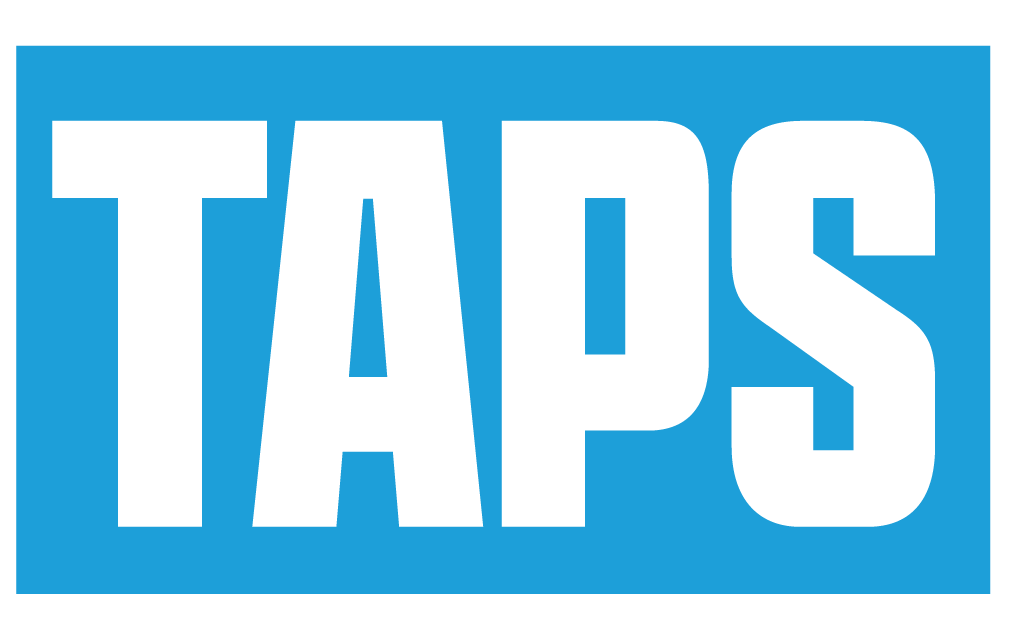CTV vs. OTT – What is the difference between CTV and OTT?
Mastering the basics.
Understanding CTV Advertising
To provide a layer by layer breakdown of the complex CTV landscape, someone would need detailed information about each broadcaster, channel, and program.
The promise of CTV
Leverage CTV’s target ability, interactivity, and measurability to unlock its full potential.
CTV vs. OTT – What is the difference between CTV and OTT?
OTT:
If you want to master the basics of connected TV advertising, it’s important to understand the different delivery mechanisms and viewing experiences. OTT refers to the delivery mechanism for video content, where content is delivered “over the top” instead of through a cable or satellite connection. OTT content can be viewed on a mobile, desktop, or connected device.
CTV:
CTV, on the other hand, is actually a subset of OTT. It refers to the device on which you’re accessing that video content. CTV combines the delivery mechanism with the viewing experience — on the biggest screen in the home. If you watch Hulu on your mobile device, then you’re streaming OTT content. If, however, you watch Hulu through a Roku Stick that’s plugged into your television, you’re streaming OTT content over CTV.
Understanding CTV Advertising
It can be quite intimidating to navigate the current CTV advertising landscape. Let’s break it down layer by layer, starting with the basics.
CTV Devices:
A connected TV is a device that connects to or is embedded in a television to support video content streaming. CTVs include PlayStation, Xbox, Roku, Amazon Fire TV, Apple TV, smart TVs, and more.
Streaming Services:
AVOD vs. SVOD
There are a few different types of video on demand services:
Advertising-based video on demand (AVOD) services are those where the content is provided by the service provider in exchange for ads. They are typically more affordable than subscription-based video on demand (SVOD) services, as the consumer does not have to pay a monthly fee.
Subscription video on demand (SVOD) services require a monthly subscription fee and allow users to watch as much content as they like. They are often more popular than AVOD services, as they offer a wider range of content and are often more convenient to use.
How do you buy and sell CTV advertisements?
Automated selling is great for efficiency, as it can quickly move ads from one place to another. This is particularly important in an industry where there is often a lot of buying and selling going on.
Manual selling, meanwhile, can be more personal and involve more interactions between buyers and sellers. This can add an element of human feeling to the ad buying process, and can create a more cohesive brand image.
Direct Buying and Selling offers many benefits to advertisers. Pre-negotiating fixed prices means that advertisers can save money while ensuring brand safety. Additionally, specifying where an ad will run allows for more focused content and more measurable results.
Benefits of programmatic buying and selling include greater flexibility and control for both advertisers and publishers, real-time measurement, and increased targeting abilities. Additionally, programmatic technologies enable increased scale, allowing advertisers to be more specific about who they reach while reaching more people at the same time.
What are the programmatic CTV advertising market participants?
To get the most value from your CTV advertising investments, it’s important to consider a variety of ad tech partners. Some of the most common include demand-side platforms (DSPs), supply-side platforms (SSPs), data management platforms (DMPs), and measurement partners.
With so many in play, it’s important to consider:
- The capabilities of the ad tech partner
- The partner’s reputation and track record
- The cost and availability of the partner’s services
- The partner’s customer service and support
- The partner’s ability to scale
It’s important to work with partners who do not have a bias towards any individual media owner. Work with independent partners who make decisions strictly based on what’s best for your campaign goals.
Our platform at TAPS Media allows for a wide range of transparency and brand safety measurements, including visibility into what ads we’re running and how much we’re paying for them. Additionally, we work with leading measurement providers to ensure quality media.
Our team can confidently navigate the technical complexities of connected TV advertising. With dozens of devices, shifting specs, and new platforms launching every month, you need experts you can trust to help navigate creative, activate campaigns, that calculate impact. It’s crucial to work with partners who are focused on TV and video.
Yes, our platform offers omni-channel advertising capabilities. We partner with providers who enable us to seamlessly manage advertising experiences across all channels, platforms, and devices, so you can do more with less.
The Promise of CTV advertising
CTV combines the advantages of traditional television with digital capabilities, providing viewers with an engaging experience and advertisers with the ability to track the success of their campaigns.
Targetability
Advertisers who use Connected TV (CTV) have the ability to target their ads to specific audiences based on first- and third-party data. This opens up the possibility of delivering personalized ads to viewers on the largest screens in their home, instead of the broad reach of linear TV.
Interaction
CTV ads allows advertisers to go beyond traditional impression measurements to achieve engagement, time earned, and other important metrics. This includes interactive video components like photo and video galleries as well as personalized dynamic overlays.
Quantifiability
Advertisers now have access to more advanced measurement capabilities than linear TV, allowing them to create complex plans and make adjustments during their campaigns to maximize reach, frequency, and efficiency. Gone are the days of relying on gross rating points (GRP’s) alone.
Maximizing CTV’s Capabilities
As marketers become more confident and allocate more of their media budget to CTV advertising, they can take advantage of its full potential by using its expansive reach and advanced creative features. This will help unlock the potential of this powerful medium, which has seen rapid growth in recent years.

